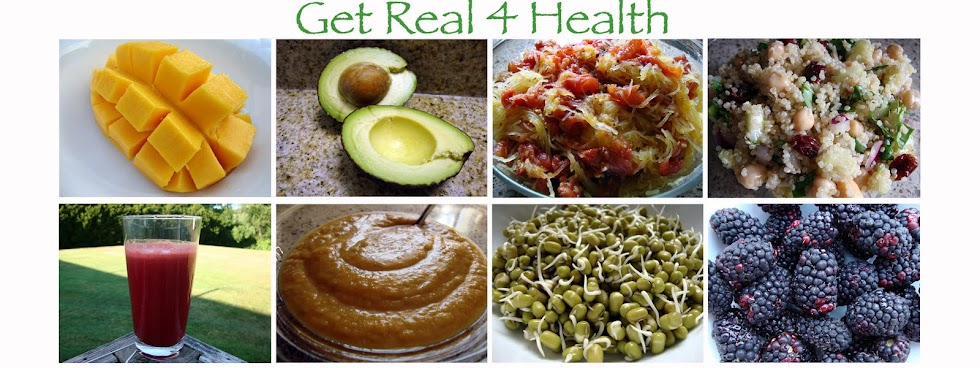
OK, I confess, I never really liked shepherd’s pie growing up. It was one of my least-favorite meals. If you’re unfamiliar with this dish, in it’s basic form, it begins with a layer of ground, cooked meat, followed by a layer of vegetables; which, for us, was creamed corn, then covered in a thick layer of mashed potatoes. The casserole is baked in the oven until the potatoes get a little crispy and in my family’s case, would be eaten with ketchup.
I have to admit, though, that I do like the concept of a layered casserole and so after talking with a yoga instructor of mine who told me about a delicious dish she had out one evening, I decided to make my version of this. There is no meat. The bottom layer is lentils and the middle, vegetable layer is mixed into this, although it could be layered.
And rather than white potatoes for the topping, I’ve used a combination of roasted cauliflower and a bit of grated cheese, or if you’d like to make this completely vegan, you can replace the cheese with sunflower seeds that have been soaked for several hours then rinsed and drained. I tried both versions of the topping and I liked them both.
The recipe got the thumbs up, although, I was told that the top layer should be much thicker next time. This would mean either doubling or even tripling the ingredients for cauliflower topping below. Just as an aside, cauliflower roasted with a bit of oil, sea salt and pepper is addictive! This dish almost didn’t happen because I came very close to eating all the cauliflower, so you might want to make extra!! I hope you enjoy it. : )
Vegetarian Shepherd’s Pie
1 c green lentils, picked through, soaked, then cooked in vegetable broth
1 T grapeseed oil
½ c chopped yellow onion
½ c celery, chopped
½ c fennel, chopped
2 medium carrots, chopped
2 – 3 large kale leaves, thick stems removed and leaves chopped
1 t dried basil or 1T fresh, chopped basil
2 c cauliflower florets
¼ c hard cheese, grated, such as parmesan or manchego, or ¼ c sunflower seeds, soaked for several hours then drained
sea salt and pepper to taste
Place cauliflower into a large bowl, then drizzle ~ 1T grapeseed or olive oil on top and sprinkle with sea salt. Toss the florets with your hands and place into a baking dish. Roast at 350°F, mixing occasionally, until it starts to lightly brown, ~35 – 40 minutes. Remove from the oven and let cool slightly.
Meanwhile, in a sauté pan on medium heat, add the oil and cook the onions for a few minutes. Add the celery and fennel and sauté a few minutes more, then add the carrots and cook an additional 5 minutes. Add the kale leaves, mix well and cook the mixture just until the kale wilts.
Transfer the sautéed vegetables to a food processor and process until it resembles a fine mixture. Add the lentils and the basil and mix well. Add sea salt to taste. Transfer to an oiled pie plate.
Add the cauliflower to the food processor and process until it begins to resemble mashed potatoes. Add the cheese and mix well. As an alternative to the cheese, add the soaked and drained sunflower seeds to the cauliflower and process together.
Evenly spread the cauliflower and cheese (or seed) mixture over the lentils and vegetables. Sprinkle with pepper.

Place the casserole, uncovered into a 350°F oven and bake until the top lightly browns, ~25-30 minutes.









